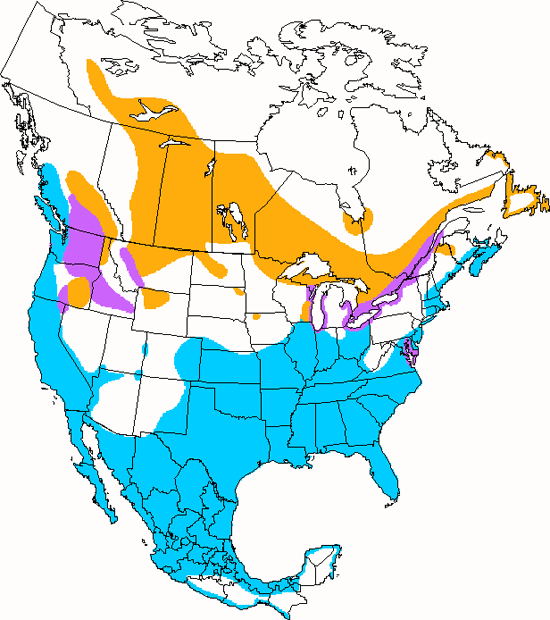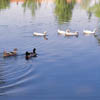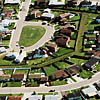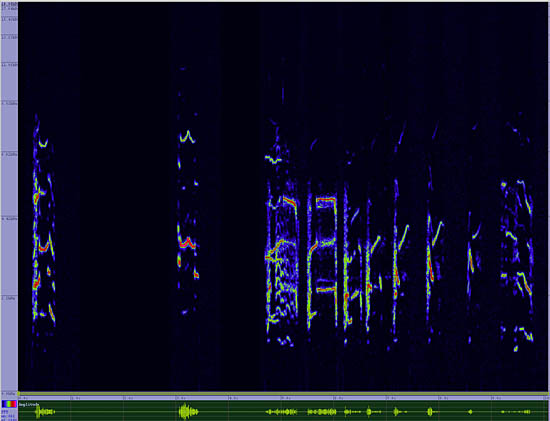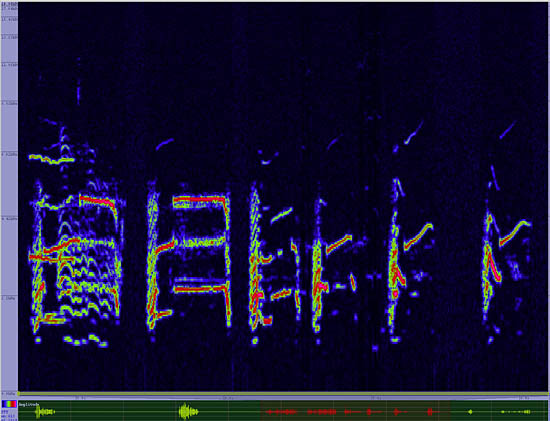Ring-billed Gull
Larus delawarensis

Gull Like
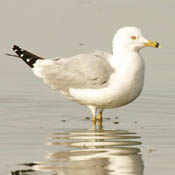
Length: 18 in. (45 cm )
The most common inland gull species in the southwest, the Ring-billed Gull can show up on any patch of water in cities or rural areas. It feeds on a wide range of food that includes fish, insects, worms, mice, eggs, carrion and garbage. It nests in colonies long the ocean and some isolated inland marshes, often with other gull species, cormorants and terns. The nest is on the ground and lined with grass and feathers.
The four-digit banding code is RBGU.
Bibliographic details:
- Article: Ring-billed Gull
- Author(s): Dr. Biology
- Publisher: Arizona State University School of Life Sciences Ask A Biologist
- Site name: ASU - Ask A Biologist
- Date published:
- Date accessed: 4 December, 2025
- Link: https://askabiologist.asu.edu/activities/bird/ring-billed-gull
APA Style
Dr. Biology. (). Ring-billed Gull. ASU - Ask A Biologist. Retrieved from https://askabiologist.asu.edu/activities/bird/ring-billed-gull
Chicago Manual of Style
Dr. Biology. "Ring-billed Gull". ASU - Ask A Biologist. . https://askabiologist.asu.edu/activities/bird/ring-billed-gull
MLA 2017 Style
Dr. Biology. "Ring-billed Gull". ASU - Ask A Biologist. . ASU - Ask A Biologist, Web. https://askabiologist.asu.edu/activities/bird/ring-billed-gull
Be Part of
Ask A Biologist
By volunteering, or simply sending us feedback on the site. Scientists, teachers, writers, illustrators, and translators are all important to the program. If you are interested in helping with the website we have a Volunteers page to get the process started.



